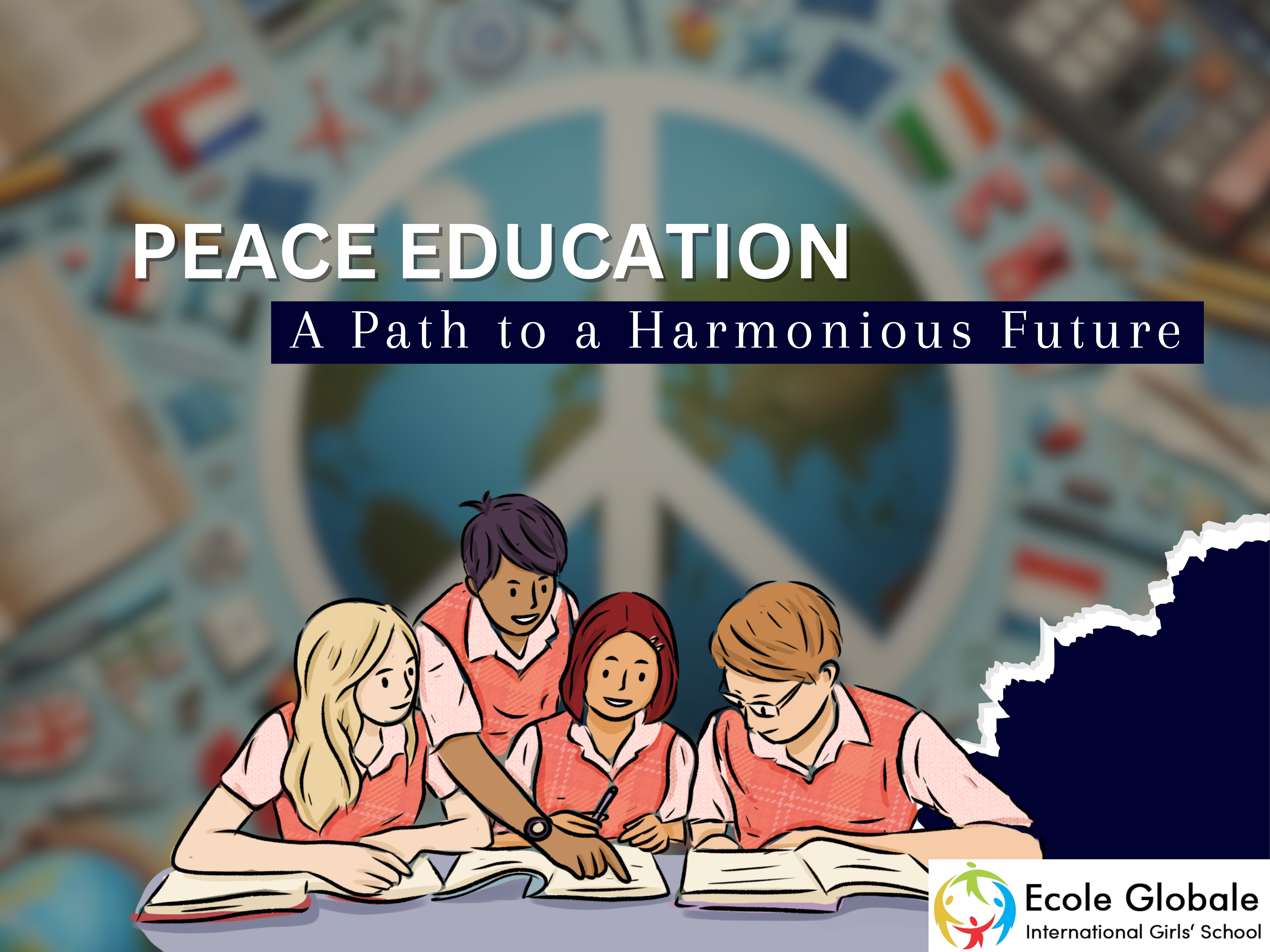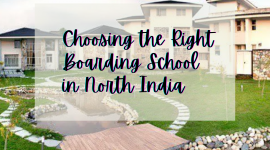Peace education is a broad and impactful field that aims to cultivate the values, knowledge, and skills necessary for individuals to foster peace within themselves and their communities.
Through the understanding and resolution of conflict, as well as by promoting social justice and human rights, it equips learners with the tools they need to create peaceful, sustainable environments.
What is Peace Education?
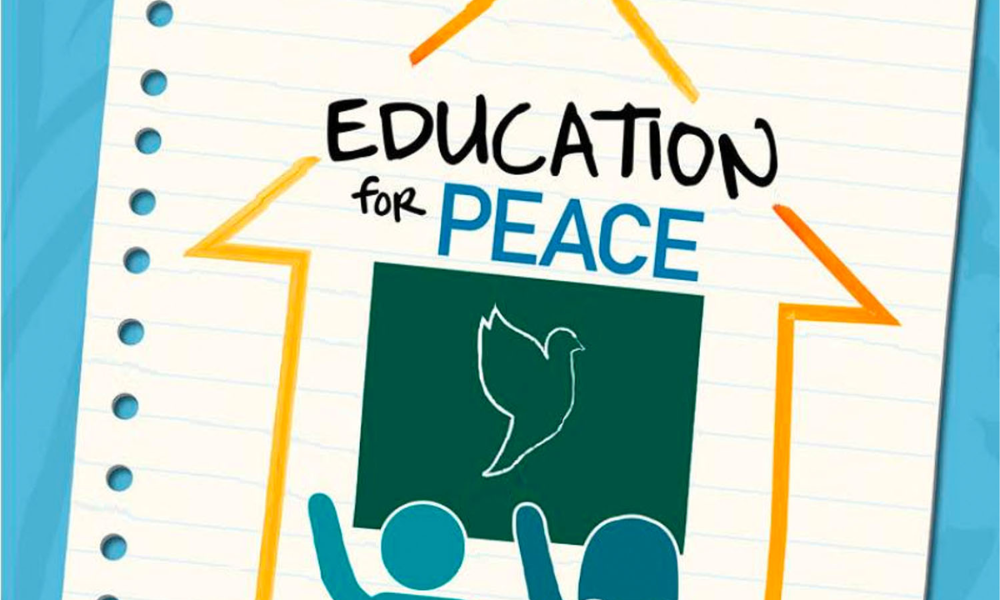
It refers to the process of teaching individuals how to cultivate peace in their lives, communities, and the world at large. This education revolves around two major aspects:
- Education about Peace: Understanding the conditions required for sustainable peace and the various manifestations of violence.
- Education for Peace: Equipping learners with the skills, knowledge, and attitudes necessary to actively pursue peace and address conflict through nonviolent means.
Key concepts include addressing different forms of violence, nurturing moral and ethical responsibility, and focusing on long-term, transformative change to create peaceful societies. It is recognized globally as crucial to developing cultures of peace, from local communities to international spheres.
Core Elements of Peace Education
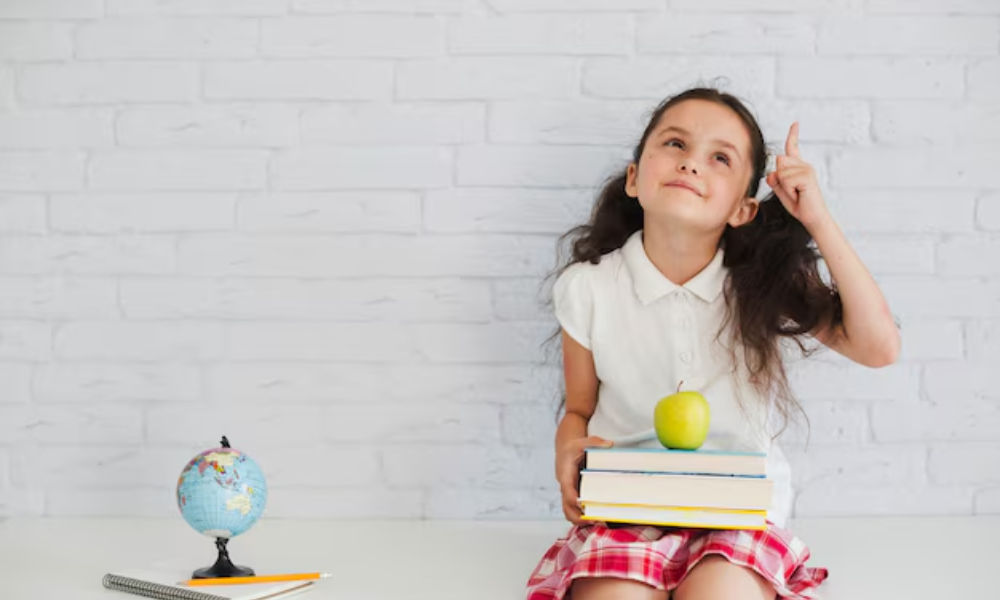
Non-violence and Social Justice
The two primary values that underpin peace education are nonviolence and social justice. These values emphasize respect for human rights, equality, and social responsibility.
Students are taught how to apply nonviolent methods in resolving conflicts and are encouraged to develop a deep sense of responsibility toward fostering equality and justice in society.
Conflict Resolution and Communication Skills
One of the core areas of this is conflict resolution, where learners are trained in negotiation, mediation, and communication skills.
These programs focus on managing conflicts at the interpersonal level through active listening, empathy, and finding common ground.
Skills such as recognizing emotions and separating facts from feelings are essential in managing disagreements and working towards peaceful outcomes.
Why is Peace Education Important Today?

In an increasingly globalized and interconnected world, conflict is inevitable. The need for peace education is more urgent than ever, especially considering rising global tensions, social injustices, and environmental degradation. Key reasons why peace education is critical today include:
- Preventing Conflict: It helps address the root causes of conflict and instills values that prevent violence.
- Fostering Tolerance: By promoting tolerance, diversity, and cross-cultural understanding, it supports social cohesion.
- Building Sustainable Communities: The long-term goal of peace education is to empower individuals to contribute to peaceful and just societies.
Key Approaches in Peace Education
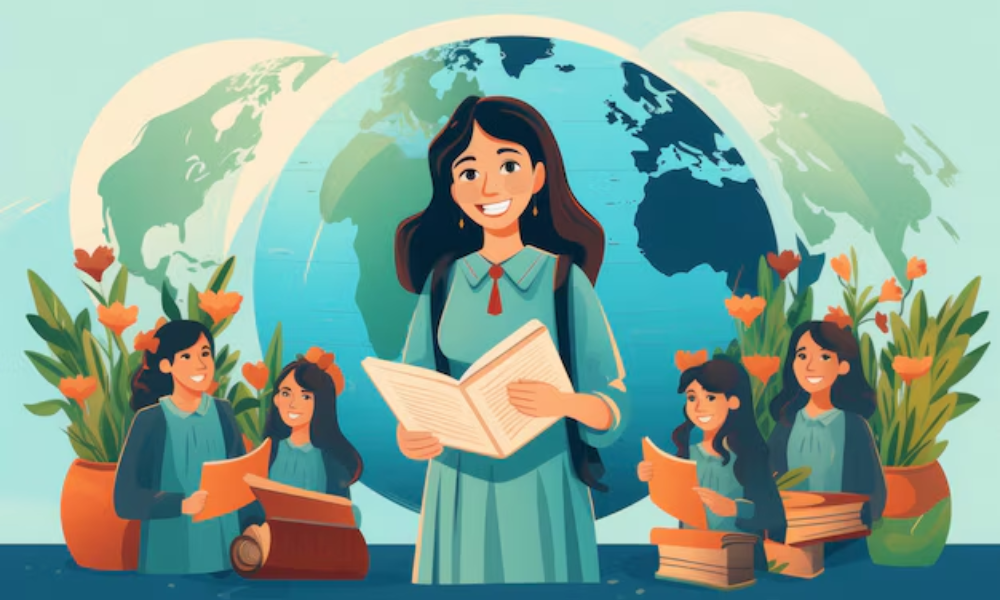
Formal and Non-formal Education
It takes place both in formal settings, such as schools in Dehradun and universities, and in non-formal environments like community programs or conflict zones.
Formal education integrates peace topics into traditional subjects, while non-formal programs offer peace-building workshops and activities that engage learners in real-world contexts.
Conflict Resolution Training
Programs that focus on conflict resolution help individuals handle disputes through negotiation and mediation.
Training includes communication skills, anger management, and understanding different perspectives, which are key in preventing violent outcomes.
These programs teach people to view conflict as an opportunity for growth and understanding, rather than something to be feared or avoided.
Human Rights Education
Human rights education aims to make individuals aware of their rights and the rights of others.
It teaches the value of personal freedoms and the importance of legal protections, fostering an environment where peace can flourish.
Human rights education is closely tied to peace education because social justice is a fundamental pillar of sustainable peace.
Critical Peace Education
A more recent approach to peace education, critical peace education, challenges traditional methods by focusing on social justice and disrupting inequalities.
This approach views education as a tool for transformation, where both students and educators become agents of change by addressing past and present experiences of oppression and conflict.
Critical peace education emphasizes local narratives and practices, ensuring the content is culturally relevant and impactful.
How Peace Education Benefits Teenagers and College Students

For young people, this offers numerous advantages. College students and teenagers often find themselves at the forefront of social movements, activism, and political change. By understanding , they can:
- Build Resilience: Learning about conflict resolution helps young people cope with challenges and conflicts in a healthy and productive way.
- Foster Global Citizenship: It promotes an awareness of global issues, encouraging students to think beyond their immediate environment and consider their role in the wider world.
- Develop Critical Thinking: Engaging in discussions about peace, conflict, and justice nurtures critical thinking skills, essential for academic and professional success.
- Inspire Leadership: With peace education, young people can emerge as leaders who advocate for positive change in their communities and beyond.
Role of Parents in Peace Education

Parents play a crucial role in reinforcing peace education at home. By modeling nonviolent behavior and encouraging open communication, parents can help their children practice the principles of peace in their everyday interactions.
Activities such as discussing global issues, reading together about social justice, or participating in community events can significantly influence how children perceive conflict and peace.
Challenges Facing Peace Education
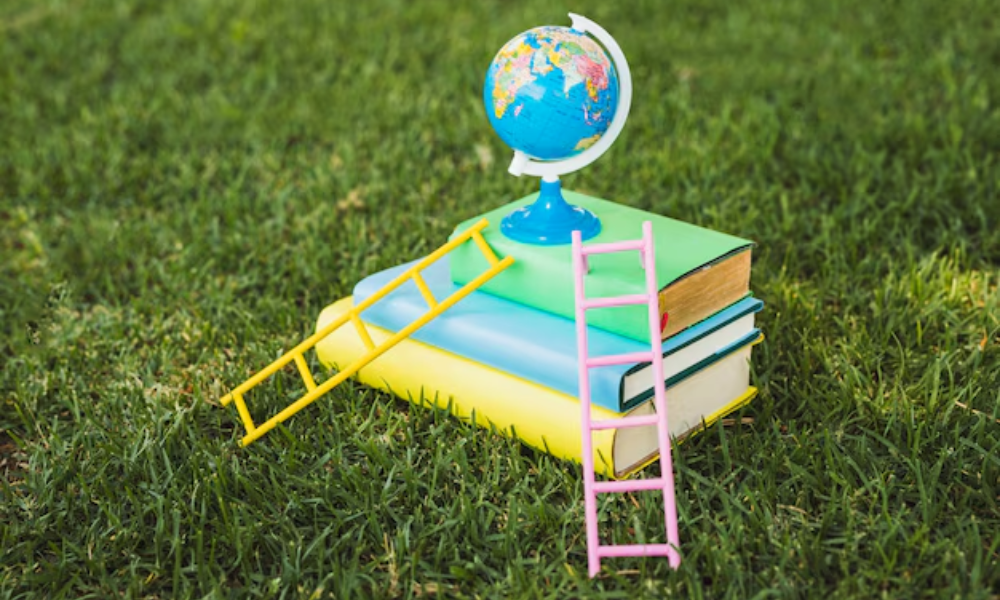
While this has the potential to create lasting change, it faces several challenges:
- Cultural Resistance: Some societies may resist the introduction of peace education, especially in areas where violent conflict is normalized.
- Resource Limitations: Many types programs struggle with insufficient funding, limiting their reach and effectiveness.
- Theory-Practice Gap: As pointed out by scholars like Johan Galtung, peace education often lacks a clear, unified theory, making it difficult to evaluate its effectiveness across different contexts.
Conclusion: The Path Forward
It is not just about teaching students to avoid conflict; it’s about equipping them with the tools they need to build a more just and peaceful world.
By promoting nonviolence, social justice, conflict resolution, and global citizenship, peace education lays the foundation for sustainable peace.






